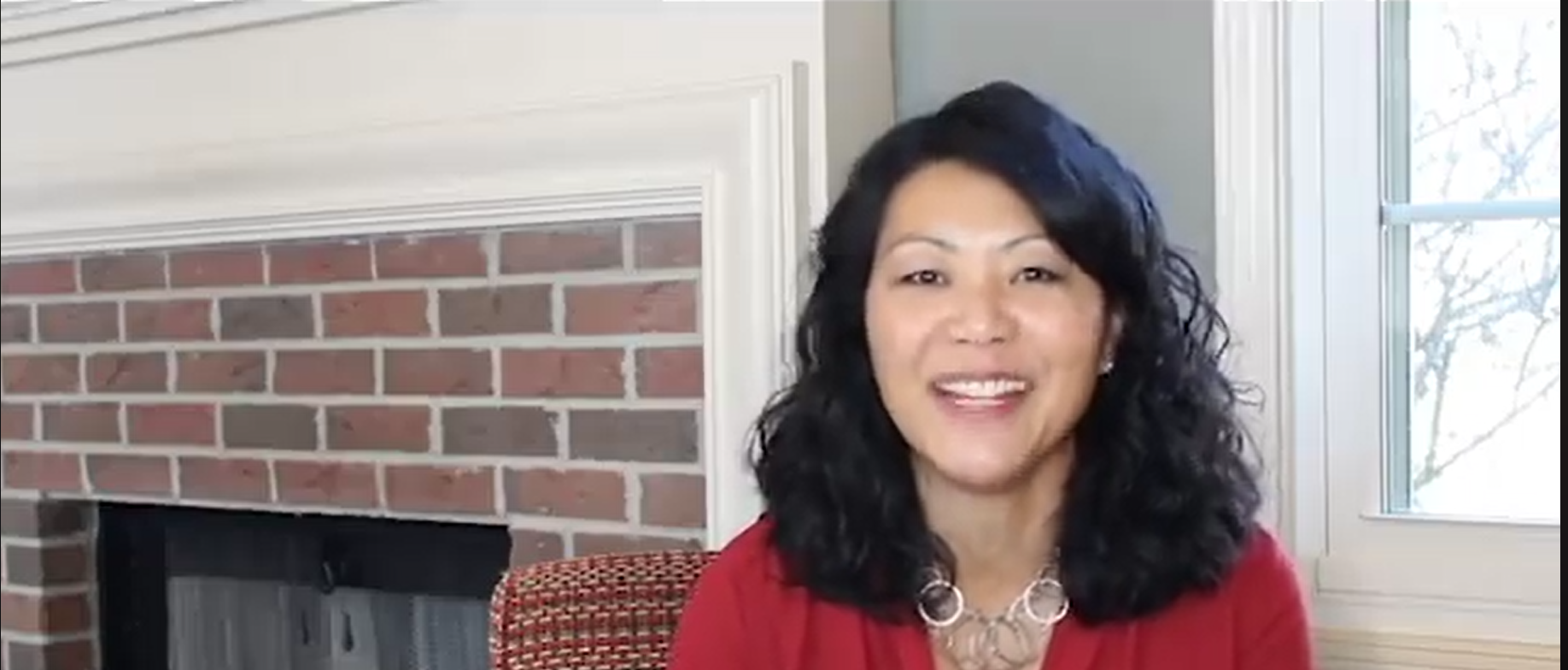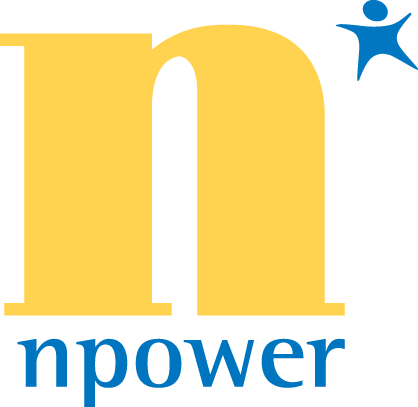Nsights Blog
Home > Nsights Blog
#20Things to Add to Your Leadership Library
Nsights: Leadership Library
I’m fortunate enough to work with some pretty cool…and smart people. Each year at the Future Leaders Conference held by the American Society of Association Executives, we ask our facilitator team members to offer up their “must read” resources, websites, magazines, and books. Here is the summary from the 2018 conference, in no particular ord er.
er.
1. Hubspot.com
2. Creativity, Inc. Overcoming the Unseen Forces that Stand in the Way of True Inspiration by Cat Edmull and Amy Wallace
3. Leaders Lead Last by Simon Sinek
4. Amy Cuddy’s YouTube video on the value of the power stance
5. The Speed of Trust by Stephen Covey
6. Managing Transitions by William Bridges and Susan Bridges
7. The One Minute Manager Meets the Monkey by Ken Blanchard
8. ASAE Inclusion Index
9. ASAE 41 Drivers of Change
10. Check out recruiters’ web pages to see what skills they are looking for in the workforce
11. When by Daniel Pink
12. MAFN.org (Mid-Atlantic Facilitators Network)
13. “How I Built This” podcast
14. Notimpossible.com
15. Content Marketing Institute
16. ASAE Collaborate
17. Good to Great by Jim Collins
18. Any book by Stephen Covey
19. Your Nerdy Best Friend website
20. Get Unstuck and Get Going by Michael Bungay Stanier
21. Permission to Screw Up by Kristen Hadeed and Simon Sinek
Nsights: #20Things I Learned from Filming a Video Clip
 1. Get a strong sense of what you need to communicate.
1. Get a strong sense of what you need to communicate.
2. Watch completed videos of the company/organization to get a sense of tone.
3. Know your audience – who is the primary group you’re trying to reach? Who’s the secondary group?
4. Remember nervousness is your body’s way of saying, “This is important to you.”
5. Try to create a visual profile of the person/people you’re communicating with. That way, you won’t feel nervous looking into a soulless camera! You can see your neighbor, friend, client in your minds-eye.
6. Know how you learn. When practicing what you’re going to say, consider how you like to learn. Do you like to hear how you sound? Audiotape it so you can hear your “ums” and “you knows,” and any other bad habit phrases. Do you learn by writing? Note it down, repeat, clarify on paper, repeat.
7. You can’t have notes when you’re being filmed! It’s so obvious that you’re looking for your script!
8. Don’t get frustrated when you mess up your lines time and time again. Ah, new respect for actors!
9. Be prepared with a loose script in your head. Be consistent. I think I said something different with each “take.”
10. Speak from the heart. Even if you mess up your words, your sincerity will come through.
11. Smile! I actually had to be reminded to do that!
12. Be ready to get immediate and helpful feedback. (Don’t slouch! Don’t lean forward so much – it looks a little forceful.)
13. Slow down! Even if you naturally speak quickly, your enunciation and diction will be very noticeable on film…and audio.
14. Enunciate. Be clear. Don’t speak like you have a mouthful of marbles.
15. Create a sense of urgency. Why do they need to listen to this video?
16. Ask people to do something. What’s the call to action at the end of the video?
17. How do you want people to feel? Nostalgic? Proud? Happy? Competitive?
18. Remember, it doesn’t have to be perfect, but it has to be real.
19. Thank your editors. They make you sound good.
20. Look at what’s in the shot so the plant in the background doesn’t look like it’s growing out of your head.
